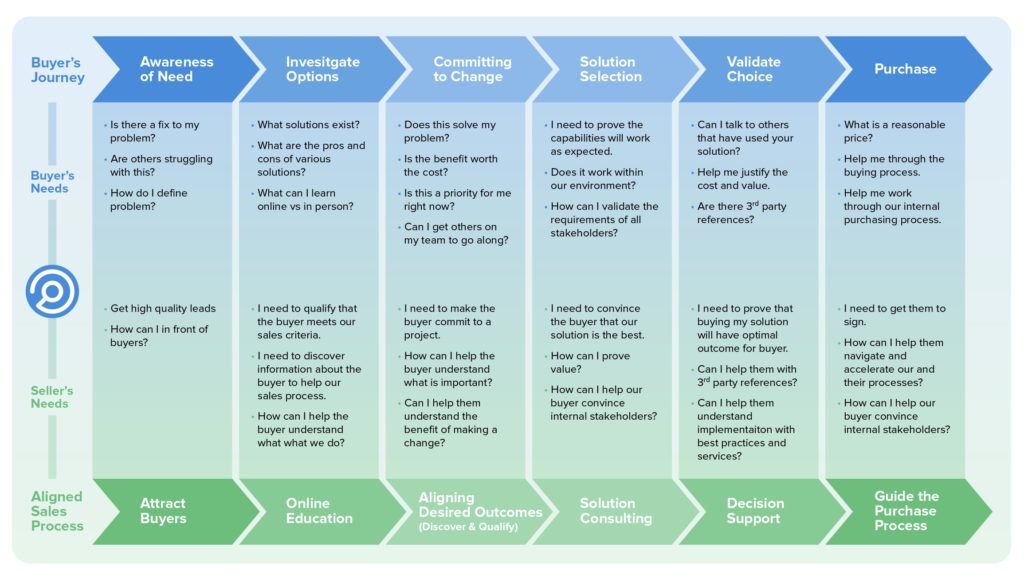South_agency/Getty Images
3 minute read Published August 04, 2022
Written by
Allison Hache
Allison Hache
Bankrate logoAt Bankrate we strive to help you make smarter financial decisions. While we adhere to strict , this post may contain references to products from our partners. Here's an explanation for .
Bankrate logoFounded in 1976, Bankrate has a long track record of helping people make smart financial choices. We’ve maintained this reputation for over four decades by demystifying the financial decision-making process and giving people confidence in which actions to take next.
Bankrate follows a strict editorial policy, so you can trust that we’re putting your interests first. All of our content is authored by highly qualified professionals and edited by subject matter experts, who ensure everything we publish is objective, accurate and trustworthy.
Our loans reporters and editors focus on the points consumers care about most — the different types of lending options, the best rates, the best lenders, how to pay off debt and more — so you can feel confident when investing your money.
Bankrate logoBankrate follows a strict editorial policy, so you can trust that we’re putting your interests first. Our award-winning editors and reporters create honest and accurate content to help you make the right financial decisions.
We value your trust. Our mission is to provide readers with accurate and unbiased information, and we have editorial standards in place to ensure that happens. Our editors and reporters thoroughly fact-check editorial content to ensure the information you’re reading is accurate. We maintain a firewall between our advertisers and our editorial team. Our editorial team does not receive direct compensation from our advertisers.
Bankrate’s editorial team writes on behalf of YOU – the reader. Our goal is to give you the best advice to help you make smart personal finance decisions. We follow strict guidelines to ensure that our editorial content is not influenced by advertisers. Our editorial team receives no direct compensation from advertisers, and our content is thoroughly fact-checked to ensure accuracy. So, whether you’re reading an article or a review, you can trust that you’re getting credible and dependable information.
Bankrate logoYou have money questions. Bankrate has answers. Our experts have been helping you master your money for over four decades. We continually strive to provide consumers with the expert advice and tools needed to succeed throughout life’s financial journey.
Bankrate follows a strict editorial policy, so you can trust that our content is honest and accurate. Our award-winning editors and reporters create honest and accurate content to help you make the right financial decisions. The content created by our editorial staff is objective, factual, and not influenced by our advertisers.
The content created by our editorial staff is objective, factual, and not influenced by our advertisers.
We’re transparent about how we are able to bring quality content, competitive rates, and useful tools to you by explaining how we make money.
Bankrate.com is an independent, advertising-supported publisher and comparison service. We are compensated in exchange for placement of sponsored products and, services, or by you clicking on certain links posted on our site. Therefore, this compensation may impact how, where and in what order products appear within listing categories. Other factors, such as our own proprietary website rules and whether a product is offered in your area or at your self-selected credit score range can also impact how and where products appear on this site. While we strive to provide a wide range offers, Bankrate does not include information about every financial or credit product or service.
The safety features on your vehicle include more than anti-lock brakes, traction control devices and air bags.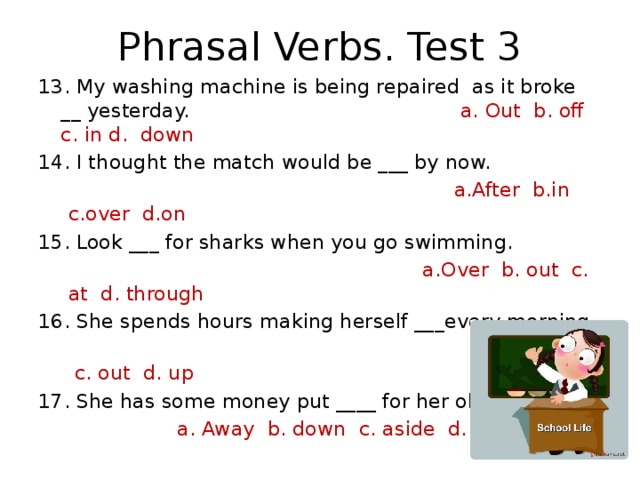 Your wheels and tires play an important role in helping you drive straight, turn corners and stop whenever necessary. To achieve optimal performance, it is important to have your vehicle tires properly aligned.
Your wheels and tires play an important role in helping you drive straight, turn corners and stop whenever necessary. To achieve optimal performance, it is important to have your vehicle tires properly aligned.
The complete service typically costs anywhere from $50 to $168, depending on the provider. It should be done once or twice a year, but the exact timing will depend on your car and driving habits.
Tire alignment or wheel alignment is the process of adjusting your vehicle’s suspension, making sure that your tires are connecting with the road at the proper angles.
Tire alignment ensures that your car works as the manufacturer intended. Having improperly aligned tires could lead to worse gas mileage, more wear on your tires and damage to your vehicle’s components.
The cost of an alignment depends on several factors:
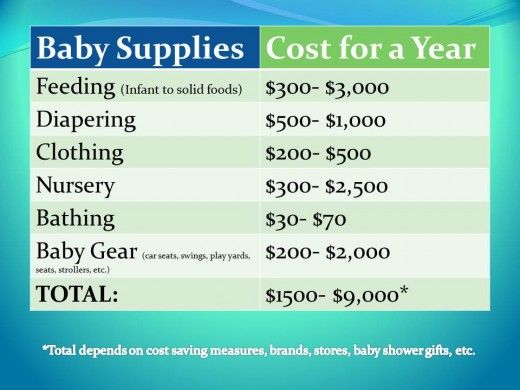 Four-wheel alignments cost more, usually $100 to $168.
Four-wheel alignments cost more, usually $100 to $168.The cost accompanied with a wheel alignment service for your car will range by establishment, type of vehicle and even your ZIP code. Here is a breakdown of the expected cost for a four-wheel vehicle alignment by state for a 2020 Toyota Camry according to Kelley Blue Book’s fair repair range.
| City | State | Expected price |
|---|---|---|
| New York | New York | $138 to $168 |
| Los Angeles | California | $119 to $140 |
| Chicago | Illinois | $138 to $162 |
| Dallas | Texas | $109 to $128 |
| Orlando | Florida | $121 to $143 |
| Atlanta | Georgia | $126 to $148 |
| Richmond | Virginia | $126 to $148 |
| Phoenix | Arizona | $126 to $148 |
| Philadelphia | Pennsylvania | $135 to $159 |
| Charlotte | North Carolina | $125 to $147 |
When you take your car into a shop for an alignment, the technician starts by analyzing angles at three checkpoints — caster, camber and toe — by using an alignment machine and performing a visual inspection.
Some mechanics also take the vehicle on the road for a test drive to check for signs of alignment problems, like a steering wheel that vibrates or a vehicle that veers to the left or right when the steering wheel is in a resting position.
The mechanic then compares the angles with the manufacturer’s recommendations for best performance.
After completing the analysis, the technician places the vehicle on an alignment rack and mounts what are called targets to the wheel ends. The technician then uses the machine to adjust the caster, camber and toe until they are within the vehicle manufacturer’s recommended ranges.
The technician then uses the machine to adjust the caster, camber and toe until they are within the vehicle manufacturer’s recommended ranges.
Most mechanics take the vehicle out for another test drive to check the new adjustments to make sure everything functions properly.
Regularly adjusting your vehicle’s alignment offers several benefits that save you time, give you a smoother ride and keep you safer on the road.
Properly aligned tires maintain better contact with the road’s surface by extending the life of your tires and reducing skidding on slick roads. This also reduces rolling resistance and better absorbs road shock, resulting in improved gas mileage and a smoother ride on paved surfaces.
During the alignment, your mechanic may discover worn suspension parts, giving you an opportunity to replace them before they turn into a costly or dangerous mechanical problem that takes your car off the road for an extended period.
You can get an alignment done at any local mechanic or auto repair center. If you don’t have a relationship with a mechanic, call around for quotes or use resources like Kelley Blue Book to compare prices in your area.
While you should call ahead for an appointment, the wheel alignment itself should take only about an hour. With that said, the process could take longer if the mechanic finds any underlying issues or needs to replace additional components.
If getting an alignment seems expensive, remember that it could ultimately be more expensive to skip it. Forgoing this preventative maintenance means you’ll have to replace the tires more frequently and driving with unaligned tires could also wear out components like your suspension. Spending the hundred or so dollars each year on tire alignment could end up saving you much more in costly repairs.
Editorial Note: We earn a commission from partner links on Forbes Advisor. Commissions do not affect our editors' opinions or evaluations.
Commissions do not affect our editors' opinions or evaluations.
Getty
A proper wheel alignment helps your tires last longer, improves your fuel economy and protects your suspension, keeping you and your passengers safe. It makes steering less taxing and ensures your car drives straight rather than pulling to one side.
It’s highly recommended to pay a professional to do the job because they use digital equipment that provides more accurate results in far less time.
A wheel alignment is a service where a specially trained automotive technician adjusts the angle of your vehicle’s wheels so they conform to the vehicle manufacturer’s specifications. The three key measurements the mechanic will take and adjust are toe, camber and caster.
Toe refers to the direction your tires point. It’s the most critical part of your alignment but also the easiest to adjust.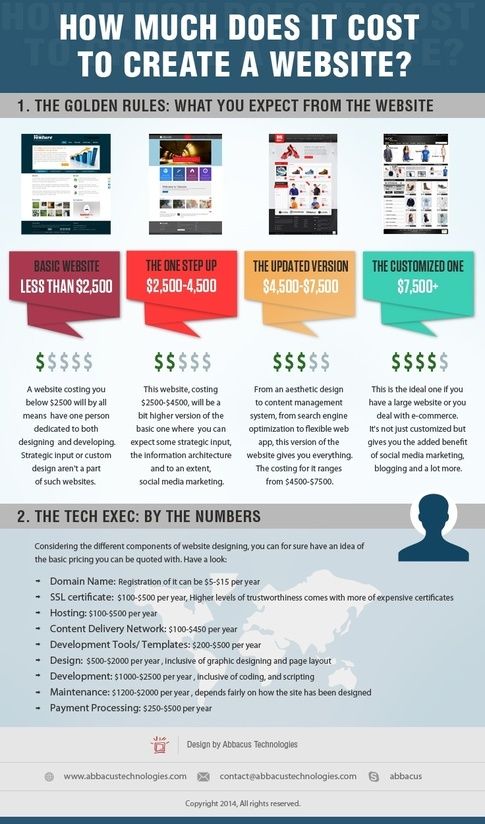 Correct toe helps you drive straight despite the constant, slight adjustments you make to the steering wheel while driving. Correct toe also helps you turn safely and prevents premature wear on your tires.
Correct toe helps you drive straight despite the constant, slight adjustments you make to the steering wheel while driving. Correct toe also helps you turn safely and prevents premature wear on your tires.
For most passenger vehicle, the correct angle is usually a slight toe in alignment.
Camber describes whether your tires lean in or out. You can also think of camber as the angle at which your tires sit relative to the flat axis of the road surface. If the angle is outside the manufacturer’s specifications, the inner or outer edges of your tires can wear out sooner.
Negative camber in the rear wheels helps the car turn corners more easily by increasing contact with the road.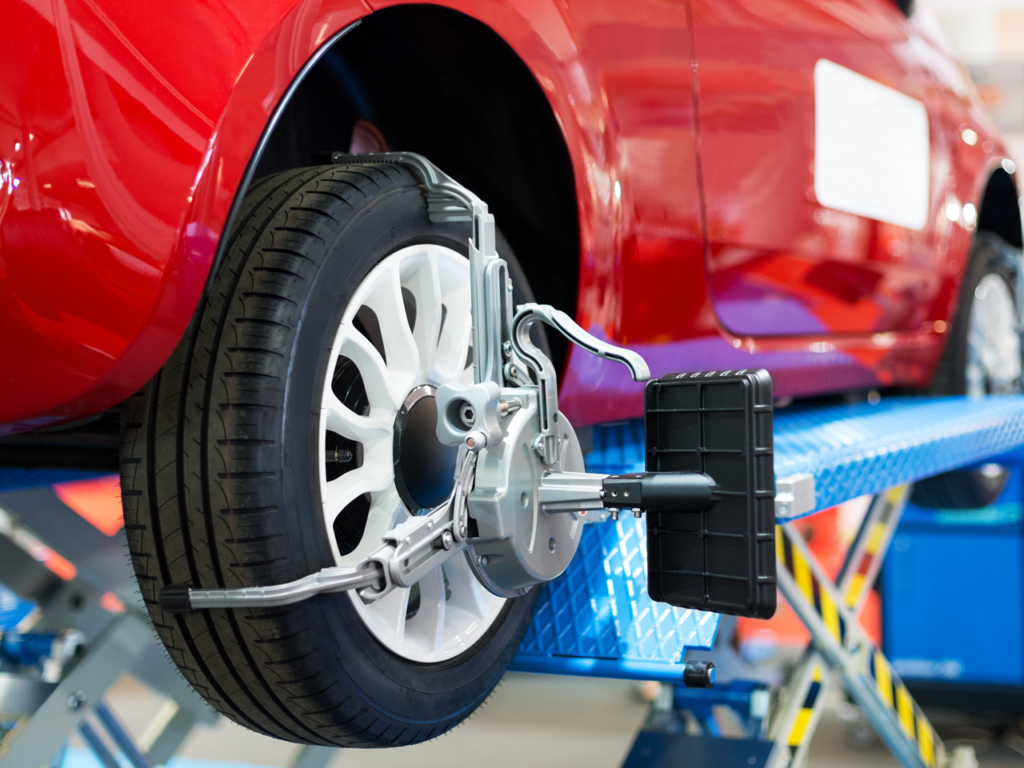 But too much negative camber makes the car hard to steer and wears the inside of your tires excessively. If one wheel is positive and one wheel is negative, the car will pull toward the positive side.
But too much negative camber makes the car hard to steer and wears the inside of your tires excessively. If one wheel is positive and one wheel is negative, the car will pull toward the positive side.
Caster describes the angle of the steering axis or front suspension. Caster affects how your car steers, but not how your tires wear.
Your left and right caster angles typically need to be equal, or nearly so. It’s important to remember that differences in fractions of an inch can cause component wear, even if you can’t visually see the tires at seemingly odd or incorrect angles.
You may be able to get an alignment check for free; however, the cost of the alignment itself will start at around $90.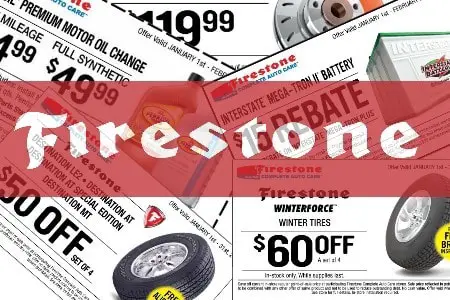 The price can vary by location, but some national chains charge the same rate everywhere. Here’s one example of what it would cost (parts and labor) to get a wheel alignment on a 2018 Ford F-150 pickup truck in different cities throughout the nation, according to Kelley Blue Book (KBB).
The price can vary by location, but some national chains charge the same rate everywhere. Here’s one example of what it would cost (parts and labor) to get a wheel alignment on a 2018 Ford F-150 pickup truck in different cities throughout the nation, according to Kelley Blue Book (KBB).
| City | State | KBB Fair Repair Estimate |
| Katy | Texas | $70 – $84 |
| Corona (Queens) | New York | $89 – $108 |
| Los Angeles | California | $77 – $93 |
| Chicago | Illinois | $89 – $108 |
| Lakewood | New Jersey | $89 – $108 |
| Antioch | Tennessee | $87 – $105 |
| Lawrenceville | Georgia | $82 – $99 |
| San Juan | Puerto Rico | $81 – $98 |
| Summerville | South Carolina | $83 – $101 |
| Dale City | Virginia | $88 – $107 |
In addition to location, there are a number of factors that affect how much you’ll pay to get your vehicle’s wheels aligned.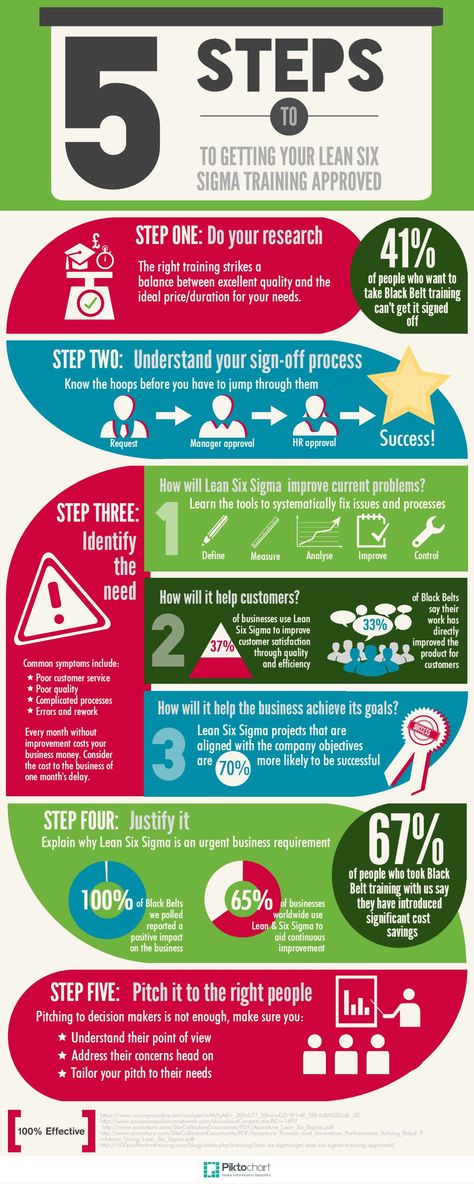
The type of alignment—digital or manual—is one factor that impacts the price. A digital alignment costs more up front but will save you money in the long run with its precision. Auto shops need to charge more for this service because of the cost for equipment and labor.
To perform a digital alignment, a mechanic will drive your car onto a vehicle alignment lift rack, then attach brackets with electronic sensors to each tire. A separate piece of equipment—a console with cameras—captures measurements from the tire sensors.
The console’s software evaluates the captured measurements against its database of manufacturer specifications for that vehicle make and model. A mechanic then makes all the necessary adjustments to perfect the car’s alignment with ongoing help from the machine’s measurements.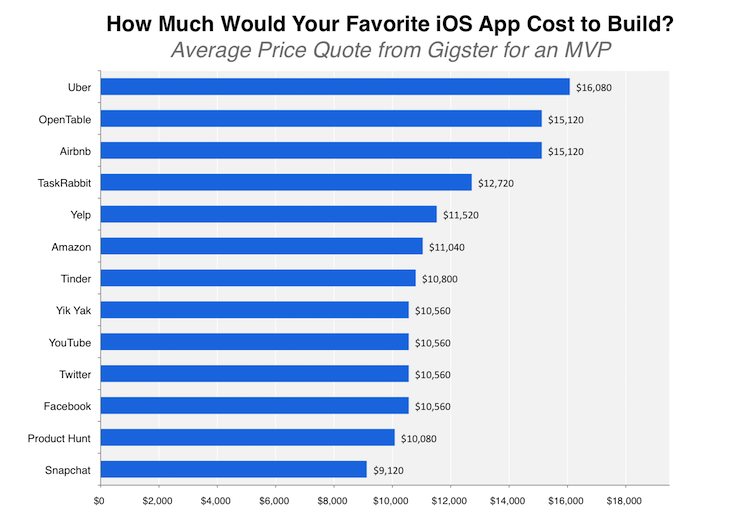
The mechanic should give you a printout showing the before and after readings of your car’s alignment as proof that the work was completed correctly, or if further repairs are needed.
A manual alignment, however, is often cheaper and done by measuring the tires by hand with string. The mechanic will use lengths of string and measuring tape to measure the distance from the front of your left tire to the front of your right tire to assess the camber, caster and toe.
This manual process is easier to perform with two people but is cheaper than the digital assessment. Though it sounds less precise, even 200-mph drag racers are sometimes aligned this way, and for cars that have been modified from their stock configuration, a manual alignment will be required.
While a digital alignment will obtain readings for all four wheels, some vehicles only require a two-wheel or front-end alignment because they have a solid rear axle. You might pay $130 if your vehicle requires a four-wheel alignment, versus $90 if your vehicle only requires a front-end alignment.
You would not want to ask for a front-end alignment on a vehicle that requires a four-wheel alignment in an attempt to save money because the technician wouldn’t be able to do the job correctly. Instead, you might take your car to a shop that charges the same rate for all vehicles.
High-end or exotic premium cars, particularly those with adaptive suspensions or active steering, may need more specialized procedures. Those vehicles are often best served by having the alignment done by a dealership or a make specialist. The same is true for the small number of makes and models that have offered four-wheel steering systems, such as the 1990s-era Honda Prelude, though most alignment shops will have instructions on alignment procedures for these vehicles handy.
If your car needs an alignment, a mechanic has to go underneath your car with tools to physically adjust various parts of your suspension. The alignment machine only takes the measurements. So the more complex the alignment job, the more labor it takes and the more you should expect to pay.
So the more complex the alignment job, the more labor it takes and the more you should expect to pay.
For example, if your vehicle requires an additional two hours of labor, you might pay another $210 on top of the average alignment price of $90.
Not all shops will perform an alignment on a modified vehicle, so call first to check.
It will also cost more to get a wheel alignment if any part of your suspension or steering, including your tires, is worn out or damaged. Parts will need to be repaired or replaced before your wheels can be aligned correctly. The additional parts and labor will cost extra on top of the alignment service.
Purchasing a lifetime or multiyear alignment service can be a good value if you think you will own your car long enough to get alignments at that same shop that will make it worth the price you pay. For example, if the regular price of an alignment is $90 and a lifetime alignment costs $200, you’ll be $70 ahead by your third alignment.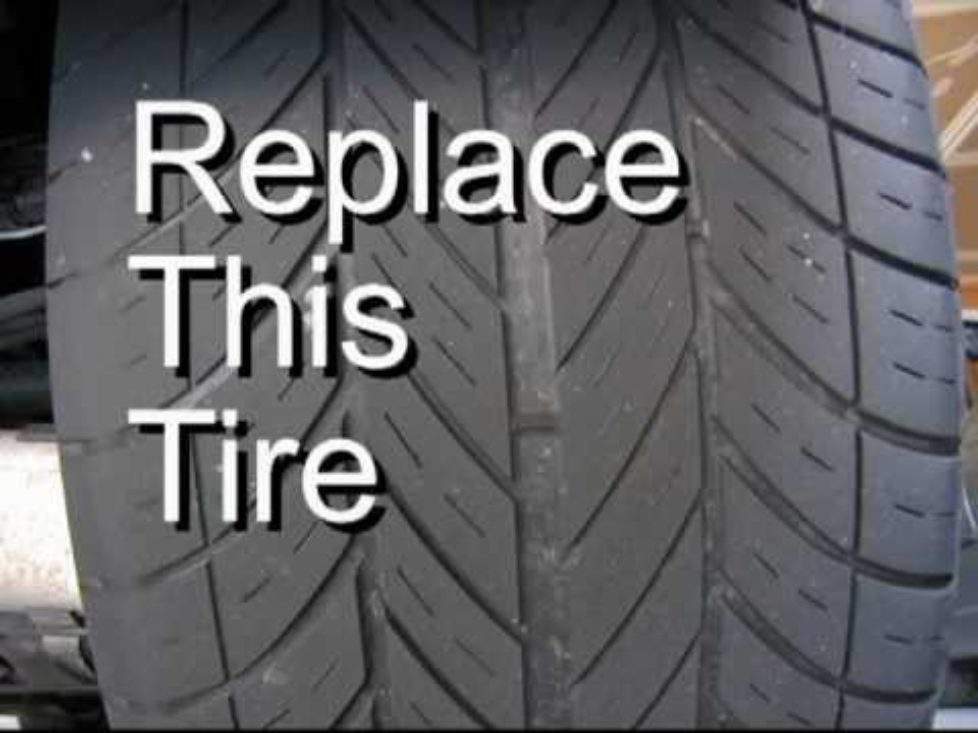 If you live in an area with lots of potholes or regularly take your vehicle off-road, lifetime alignments will likely pay for themselves.
If you live in an area with lots of potholes or regularly take your vehicle off-road, lifetime alignments will likely pay for themselves.
Instead of offering lifetime alignment, some mechanics offer packages that provide service for a certain number of years. They might charge $90 for a one-time alignment, $125 for a one-year alignment policy, $175 for a three-year policy and $215 for a five-year policy.
If you want to err on the side of preventive maintenance, the easiest way to know if your vehicle needs an alignment is to check how long it’s been since your last alignment and evaluate the condition of your car.
If you’ve driven 36,000 miles or it’s been three years since your last alignment, it’s likely time. However, if you drive over rough roads and it’s only been a year or two since your last alignment, you should have it checked.
The biggest telltale sign is that your car pulls to one side at speed. With your tires properly inflated, take your car onto a flat, empty road and drive straight at 30 mph.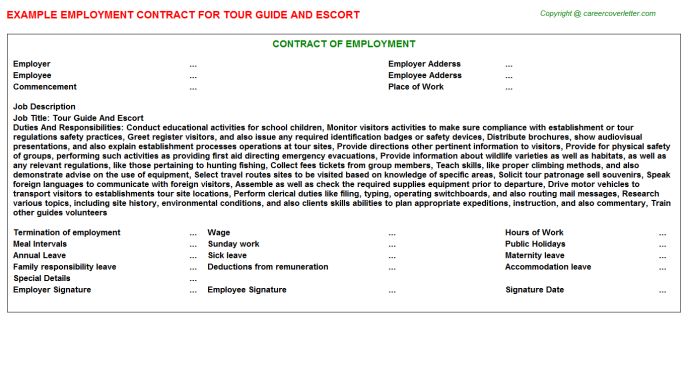 Does it pull to either side if you’re not actively steering? If so, it’s definitely time.
Does it pull to either side if you’re not actively steering? If so, it’s definitely time.
Besides mileage, here are some other signs that it may be time for a wheel alignment:
If your car does need an alignment, you can get the job done at a tire shop, automotive shop or dealership.
Get up to 4 loan offers in minutes at myAutoloan. com.
com.
Learn More
Was this article helpful?
Rate this Article
★ ★ ★ ★ ★
Please rate the article
Please enter valid email address
CommentsWe'd love to hear from you, please enter your comments.
Invalid email address
Thank You for your feedback!
Something went wrong. Please try again later.
Information provided on Forbes Advisor is for educational purposes only. Your financial situation is unique and the products and services we review may not be right for your circumstances. We do not offer financial advice, advisory or brokerage services, nor do we recommend or advise individuals or to buy or sell particular stocks or securities. Performance information may have changed since the time of publication.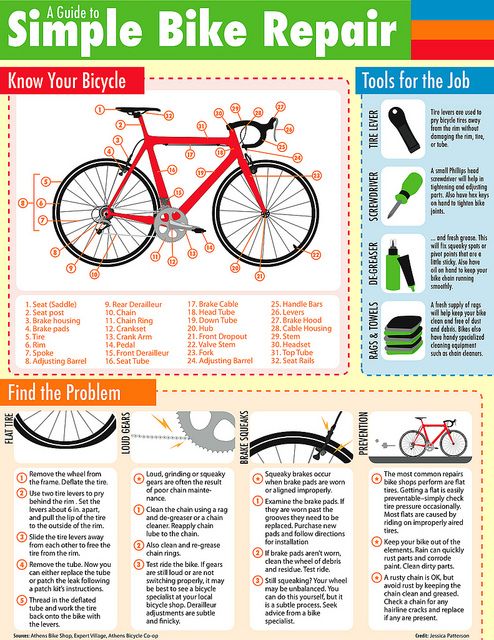 Past performance is not indicative of future results.
Past performance is not indicative of future results.
Forbes Advisor adheres to strict editorial integrity standards. To the best of our knowledge, all content is accurate as of the date posted, though offers contained herein may no longer be available. The opinions expressed are the author’s alone and have not been provided, approved, or otherwise endorsed by our partners.
Amy Fontinelle is a leading personal finance expert with nearly 15 years of experience. You can connect with Amy on Twitter (@AmyFontinelle) or learn more at her website, AmyFontinelle.com.
Rachel Witkowski is an assigning editor of mortgages and loans for Forbes Advisor US. Rachel, located in Washington, DC, has more than a decade of experience covering financial news at outlets including American Banker, The Wall Street Journal and Bankrate. She has won several national and state awards for uncovering employee discrimination at a government agency, and how the 2008 financial crisis impacted Florida banking and immigration.
The Forbes Advisor editorial team is independent and objective. To help support our reporting work, and to continue our ability to provide this content for free to our readers, we receive compensation from the companies that advertise on the Forbes Advisor site. This compensation comes from two main sources. First, we provide paid placements to advertisers to present their offers. The compensation we receive for those placements affects how and where advertisers’ offers appear on the site. This site does not include all companies or products available within the market. Second, we also include links to advertisers’ offers in some of our articles; these “affiliate links” may generate income for our site when you click on them. The compensation we receive from advertisers does not influence the recommendations or advice our editorial team provides in our articles or otherwise impact any of the editorial content on Forbes Advisor. While we work hard to provide accurate and up to date information that we think you will find relevant, Forbes Advisor does not and cannot guarantee that any information provided is complete and makes no representations or warranties in connection thereto, nor to the accuracy or applicability thereof.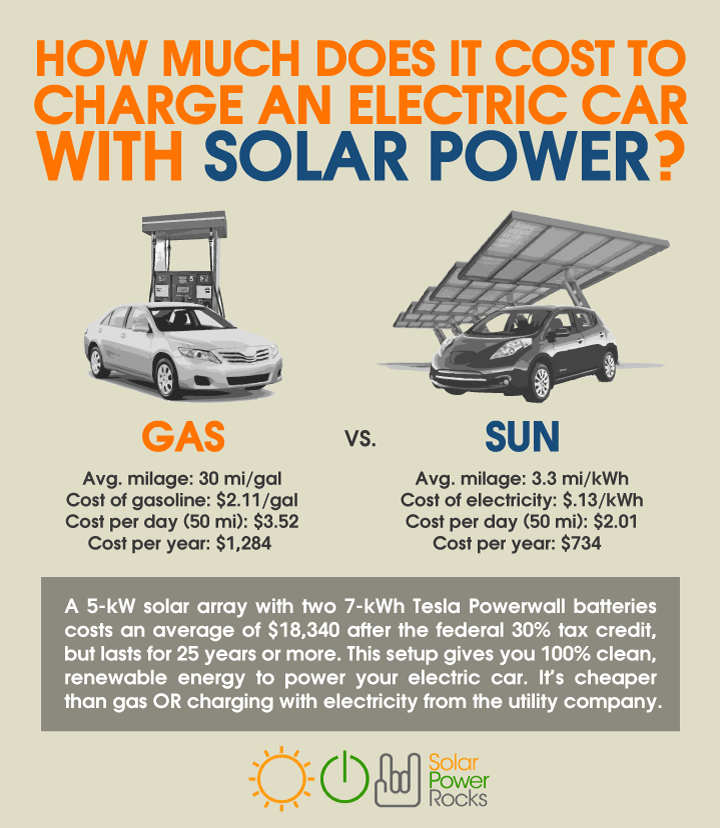 Here is a list of our partners who offer products that we have affiliate links for.
Here is a list of our partners who offer products that we have affiliate links for.
Are you sure you want to rest your choices?
Name and scope of work performed
Cost, rub. The service also includes the first free maintenance within a month after assembly.
Crankset replacement with pedal reset
600
Replacement of the rear switch (with adjustment)
700
Replacement of stars (including removal/installation of the connecting rod)
replacement of the carriage/cartridge (including removal/installation of connecting rods)
replacement of pedals
300
Front derailleur replacement (incl. chain removal and installation)
800
Rear derailleur roller replacement
300
Shift cable jacket replacement
400
replacement of rattles / cassettes
400
end / lubrication of shirts without saving the cable
400 9000 side (includes gearshift adjustment, but does not include brake adjustment)
800
Adjustable shifter replacement (1 side)
700
Split bottom bracket overhaul (only if replacement is not possible)
from 1200
Adjustment of the front/rear switch
450
Repair/replacing the chain with length adjustment
400
Lubrication of the shirt of the switch cable without removal
9000 with removal and washing600
Transmission cleaning (includes surface cleaning of stars and washing of the chain with dismantling)
1100
Transmission washing with complete dismantling (includes dismantling of all transmission components)
2000
Washing transmission with full dismantling and switching to paraffin lubricant (includes dismantling all components of the transmission)
2500
Removal of a collapsible carriage of
400 9000 bicycle)
800
Cleaning and lubricating the shifter (includes blowing the shifter with high pressure air and lubricating without disassembling the shifter body)
500
Hydraulic brake replacement incl. Safeing the hydrolyania, pumping, adjustment (one side)
Safeing the hydrolyania, pumping, adjustment (one side)
1400
Replacing or shortening the hydrolyania with pumping (1 side)
1000
Replacement of a potassium disc brake with an adjustment of
800 9000 adjustable (one side)
600
Replacing front/rear rim brake
700
Replacement of the brake cable shirt
400
Brake disk replacement (rotor)
300
Brake -handed handle replacement (1 side. Dismantling and installation of flu and configuration)
9000Replacing hydraulic potassium/ handles (1 side, including removal and installation of grips, adjustment and bleeding)
1100
Brake cable replacement (without adjustment)
300
Correction of the brake disc curvature (excluding the cost of adjustment)
from 300
Mechanical cleaning of the brake disk with a dismantling
600
pumping of the hydraulic brake (including trading liquid) (1 side)
800
Adjustment of the front/rear rim brake
9000 400Adjustment/posterior adjustment disc brake
300
Cable sheath lubrication (without removal)
200
Trim disc brake mounts
500
Brake disc (rotor) cleaning (without removal)
300
Replacement of a potassium of a hydraulic disk brake with adjustment and pumping
1100
Perenoption of a potassium discharge brake
Perenoption of a potassium/handle of a hydraulic disk brake
90009000 "eight") (NOT including tire fitting)
from 600
Rear hub drum overhaul on balls (includes additional hub overhaul)
2000
Boil of the rear wheel sleeve with a grease without a drum, taking into account the removal/installation of rattles/cassettes
1000
Boil of the front wheel with a lubricant
600
Breeding the rear sleeve (if there are hills)
from 1000
Bulkhead of a single-speed road hub with foot brake
1000
Bulkhead of the front hub on industrial bearings (if bearings are present)
600
Re-spoke (rim/hub/spoke change) without spokes (NOT incl.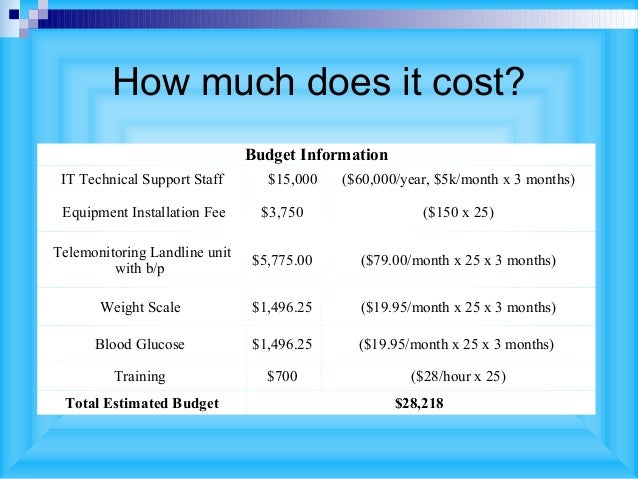 tire fitting, cassette/ratchet/brake disc removal/installation)
tire fitting, cassette/ratchet/brake disc removal/installation)
1600
Re-spoke (rim/hub/spoke change) with retain
1800
Rim and hub selection
300
Front hub cone adjustment
rear hub adjustment3 ratchet/cassette assembly)
600
Tire service (tube / tire change): on the rear wheel of a bicycle with foot brake / with planetary hub / with additional wheels
600
Tire service (tube / tire change): wheel with nuts (replacement tube/tire): eccentric wheel
400
0004
700
Converting to a tubeless tire (not including materials)
1000
Wheel assembly using a strain gauge (category 1). Includes the assembly of the wheel from individual components. It is performed using a strain gauge (a device for determining the tension on the spokes around the entire perimeter of the rim). Includes free needle pulling for 2 weeks after assembly.
2000
Wheel assembly using a strain gauge and nipple clamp (category 2).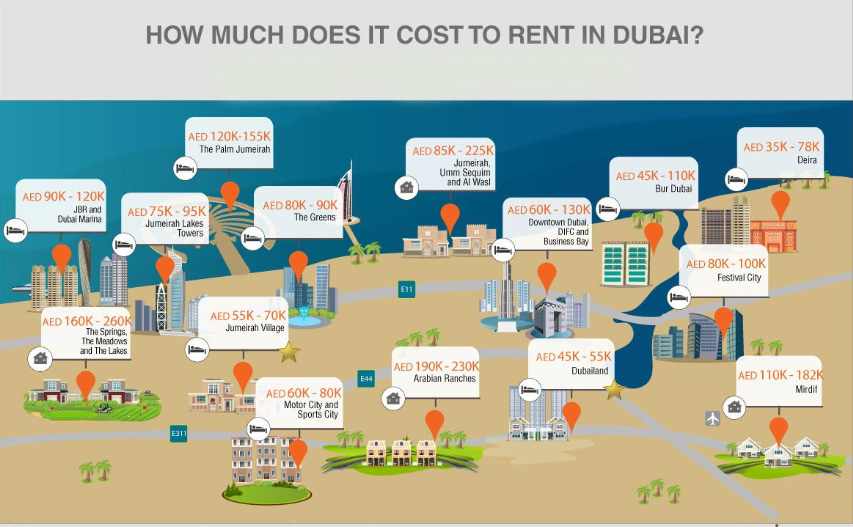 Includes assembly of the wheel from individual components, as well as broaching performed within a month after the assembly of the wheel. Nipple washers and/or nipple threadlocker may be used during assembly. It is performed using a strain gauge (a device for determining the tension on the spokes around the entire perimeter of the rim). Includes free needle pulling for 2 weeks after assembly.
Includes assembly of the wheel from individual components, as well as broaching performed within a month after the assembly of the wheel. Nipple washers and/or nipple threadlocker may be used during assembly. It is performed using a strain gauge (a device for determining the tension on the spokes around the entire perimeter of the rim). Includes free needle pulling for 2 weeks after assembly.
2300
External cleaning/lubrication of the shock -absorption fork
200
Sprinkling of the thread on the threaded rod of the fork
300 per 1 cm. Threads
Replacement of the cycle fork (vkl. Removal
1500
Replacing the steering column with pressing out the cups
1000
Threading 1, 1 1/8 on the threadless fork stem
400 per 1 cm. Threads
Breeding a steering column with a lubricant of
700
Selection and replacement of the rear switch “Petukha”
500
Adjustment of the pressure in the air spring of the front/rear shock absorber
9000Regulation/adjustment/adjustment/adjustment/adjustment/adjustment repair of the folding mechanism
from 200
Repair (editing) of the cock rear derailleur bracket *No warranty
400
Installing the anchor in the fork stem
300
Elimination of the steering column play
300
Roll replacement (VCL Installation/Dismantling of MANETS, MANETS, BODING PRIENTS FOR SPARITIONALLY)
9000 9000 500Grip change (pair) without saving
200
Grip change (pair) with save
400
Seat change
300
Front shock absorber zero maintenance
1500
that front shock absorber I - category (spring ammoretors)
1500
The front shock absorber II - category (shock absorbers with air spring) (Dpry maintenance is not included)
9000Complete the front shock -absorption with an air spring
from 2500
Restoration (running) of the bottom bracket thread on the frame without body kit
600
Restoring (driving) the thread with a pedal tap in an aluminum crank
400
Restoring (running) the thread with a tap for a pedal in a steel crank (if the crank cannot be replaced)
600
Restoring the thread in the crank by installing a 900 repair sleeve 9003 900
Manufacture of a "rooster"
from 2000 (from 5 working days)
Locksmith work (standard hour)
1200
Complicated replacement of the carriage with the need to restore the thread of the bottom bracket shell
dated 2000
shortening of the seatpost
400
Corruption of the steering wheel
600
shortening the rod of the plug
400
Replacement of the frame (dismantling, tuning equipment with regulatory)
4500
Complete overhaul of the bike with detailed washing, lubrication and adjustment of all serviceable components (except for the shock absorber overhaul)
6000
Packing the bike in a box or bag for transportation (includes packing material, as well as detailed advice when transporting the bike) except for threaded connections inside the fork, shock, telescopic seatposts, shifters - in accordance with the recommendations of the manufacturer)
1000
Complete bicycle wrap (excluding material cost)
2500
Partial bicycle wrap (excluding material cost) wheels, complete cleaning and lubrication of the transmission with the dismantling of individual components (rear derailleur, cassette, system), if necessary, as well as the removal of traces of adhesive tape, bitumen, stickers and other stubborn stains.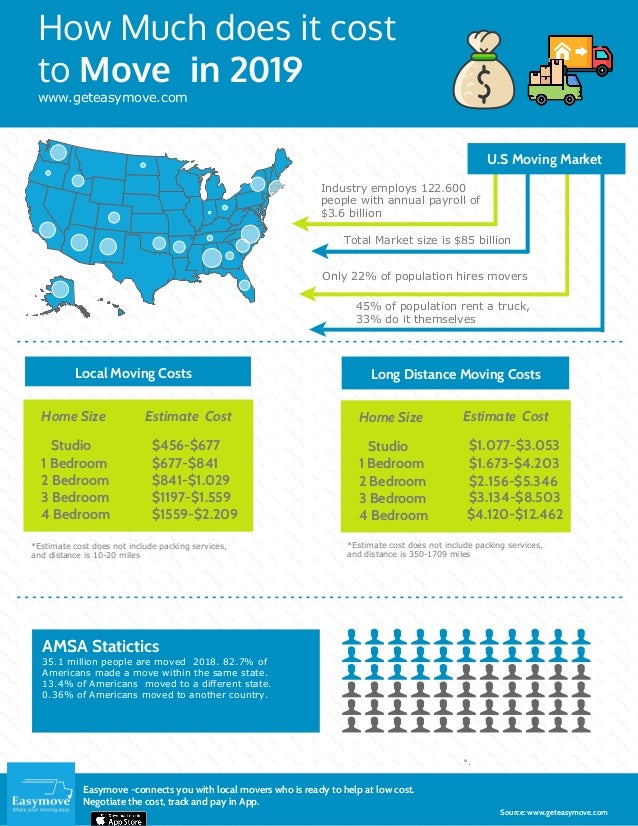
5000
Installation of trunk
of 600
installation of wings (uncomplicated) (includes the set of wings without the need to finalize, cutting threads, etc.) of the wing itself or frame)
500
Installation of wings (complicated) (includes installation of a set of wings with modification (drilling, threading, etc.) of the wing or frame itself.)
from 500
Installation of the holder of the flask
200
Installation of the children's chair
from 700
Installation of additional wheels
of 400
Installation of the rear switch
100
installation of protection on the front star
of 200
9000100
Installing the mirror (without removing the grip)
200
Installing and programming the bike computer
from 700
Installation of the basket
dated 400
installation of the footboard
200-500
Installation of horns
Installation of lighting equipment (pcs.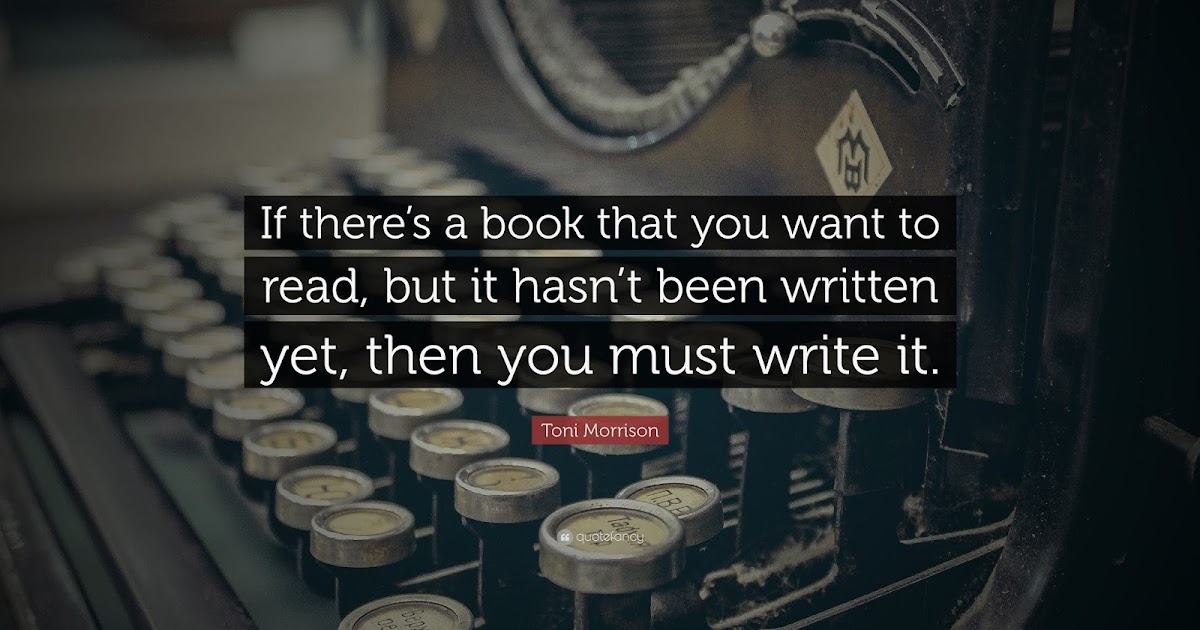 )
)
dated 100
Delivery of a bicycle from the client to the workshop and back
from 1000
Departure of a mechanic (within St. Petersburg and Leningrad Region)
from 1000
Delivery of a bicycle from the client to the workshop or back
from 500
Keeping your car in optimal condition is good for the environment and your wallet. Many drivers are good at getting scheduled oil changes, but others overlook something just as important, even when confronted with stark fact. Periodic wheel alignment is a simple process that is surprisingly affordable given the value it brings to the smooth running of a vehicle. Instead of having to replace worn tires repeatedly, alignment may be the best option.
Contents
Alignments come in one of two forms: two-wheeled and four-wheeled. Two-wheel or front-facing alignments typically cost $40 to $65, while four-wheel alignments cost $50 to $9.$5 as of 2009. The cost varies depending on the shop doing the work and the equipment used. Levelings are primarily just jobs, so local market conditions dictate the price. Most repair shops run periodic promotions or have coupons to help keep prices reasonable. Vans and some 4WD vehicles sometimes come with additional costs, so be sure to check the price before you finish the job.
Two-wheel or front-facing alignments typically cost $40 to $65, while four-wheel alignments cost $50 to $9.$5 as of 2009. The cost varies depending on the shop doing the work and the equipment used. Levelings are primarily just jobs, so local market conditions dictate the price. Most repair shops run periodic promotions or have coupons to help keep prices reasonable. Vans and some 4WD vehicles sometimes come with additional costs, so be sure to check the price before you finish the job.
When a vehicle's tires are out of alignment, the tires wear more and more unevenly, handling suffers, and fuel consumption decreases. Tires are often out of alignment due to alignment after accidentally hitting curbs, parking blocks, road debris, and potholes. Once the tire is out of alignment, its orientation to the vehicle's centerline deviates from the center. This may not always be visible to the eye, but the impact on driving will be inevitable.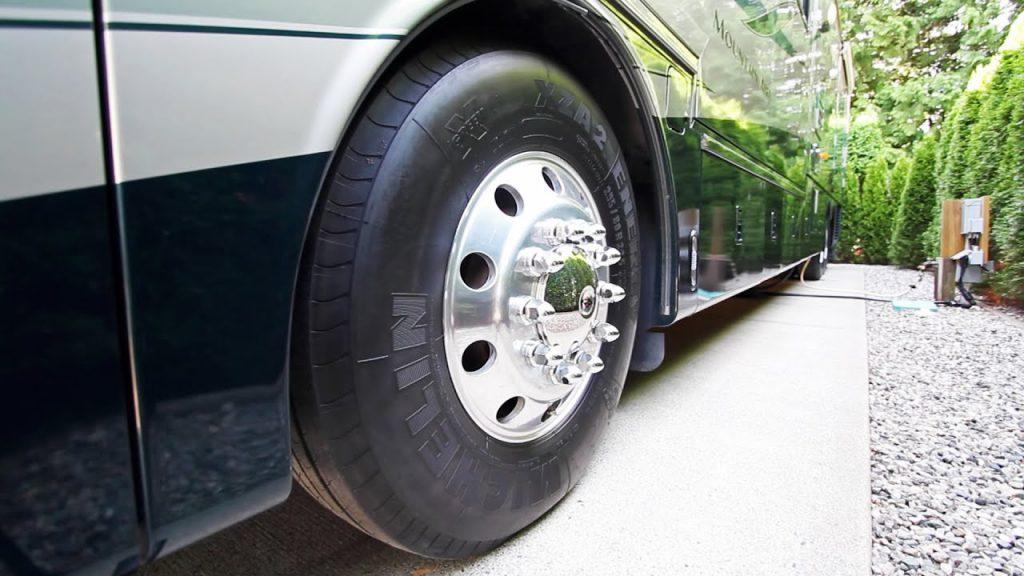
While not always visible, indicators may indicate that alignment is needed. Excessive tire wear is the main visible evidence of a need, but can also be detected if the vehicle pulls left or right, has a pronounced vibration or shaking, or if the steering wheel is not centered when driving straight ahead. Most manufacturers offer 10,000 mile alignment.
The cost of alignment often includes spinning the tire to promote even tire wear. It can be tempting to only have two wheel alignment, but if the car is heavily out of alignment, the rear tires can degrade faster. Some establishments provide a tire service warranty, and some also give lifetime alignments and rotations when buying new tires.
Wheel alignment is essential to the life and good health of any vehicle. Spending time and money maintaining proper wheel alignment will now save hundreds of dollars, improving fuel economy and reducing the number of new tires needed over the life of a vehicle.